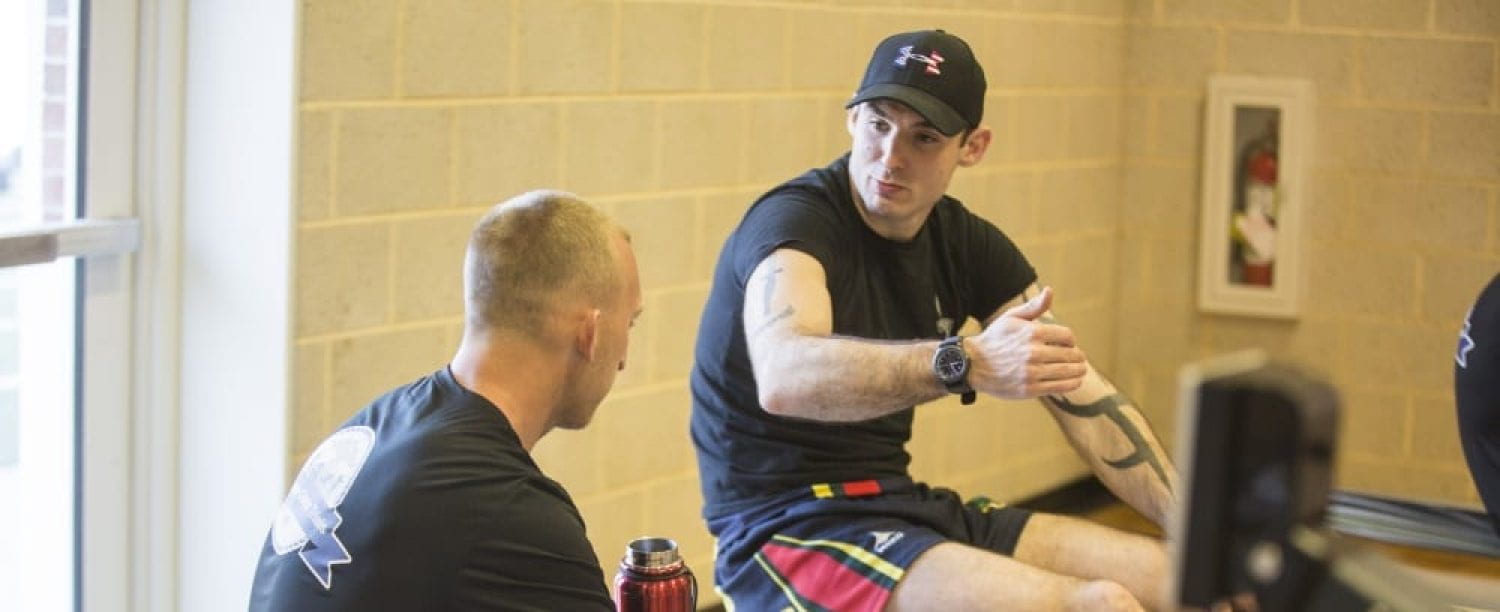I wanted to write about a patient that I had earlier today. She was a 23 year old student with pain in her lower back and unilateral shooting pain down the left leg. she said that the pain was worse at night better in the day
She had spent the past 4 weeks spending up to 8 hours a day at her computer because her dissertation was due in and the pain started around 3 weeks before the appointment. She said that she was really stressed with university deadline and on top she had a family emergency involving her Mum.
Key findings of the assessment were that there was high pain on palpation around her piriformis muscle and pain in rotation of the hip whilst the knee was flexed. The Active piriformis test was positive and all the above indicated Piriformis syndrome, or as it is referred to now as deep gluteal syndrome because of the complexity and structures involved being more than that of the Piriformis muscles. Because of the location of the muscle it is common for patients to experience sciatica pain normally on one leg.
I found a study by Schröder et al,. (2016) which suggests using a combination of treatments including physical, mental and social factors. Their used an exercise programme that involved mobilisations of the hip, stretching and nerve flossing and found that all the participants of the study, although with a small sample size fully recovered.
The patient was given stretches that focussed on the glutes, and strengthening exercises for the gluteal muscles, however I believe that incorporation the slump test variation of the sciatic nerve floss was too soon for the patient as it aggravated the symptoms. She was told to do the gluteal stretch lightly as we did not want to cause any more inflammation to the area.
Banded glute exercises build up the glutes and take the stress off the Pirifomis.
I believe the research around this type of injury is changing a lot at the moment and it is really common and therefore I need to do more research on it, however I am more confident than I was at the start of the day.
Below is a useful picture

Schröder, R. G., Martin, R. R., Bobb, V. L., Khoury, A. N., Palmer, I. J., & Martin, H. D. (2016). Outcomes of non-operative management of deep gluteal syndrome—a case series of six patients. J Musculoskelet Disord Treat, 2(2).But pain unilateral
